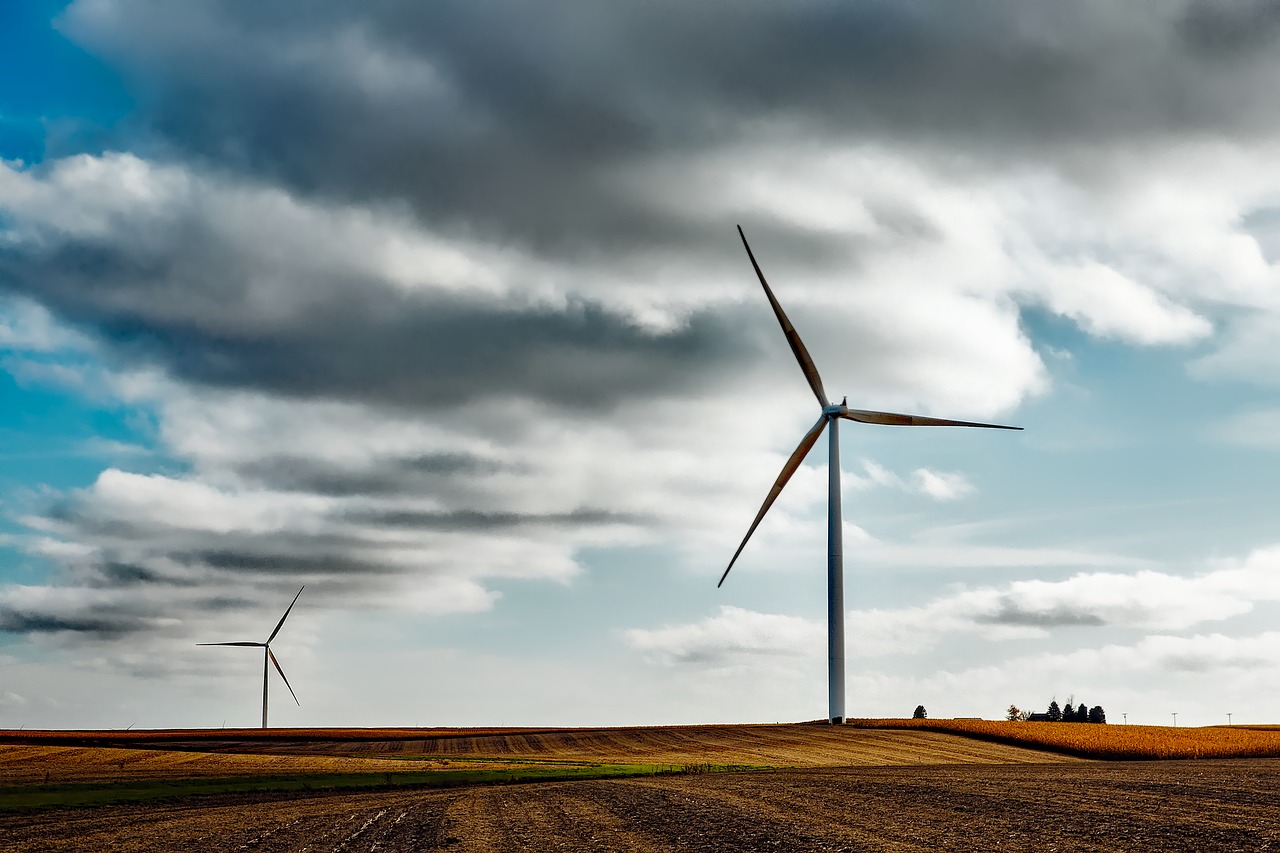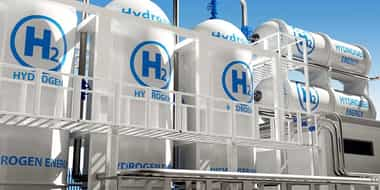
Feb 3, 2025
Blog Energy & Sustainability The Energy Retrofit Boom: Paving the Way for Sustainable Cities
In an era of rising energy costs and growing environmental concerns, energy retrofits are becoming the go-to solution for homeowners, businesses, and municipalities looking to reduce their carbon footprint while saving money. The energy retrofit industry is growing remarkably as businesses, governments, and organizations embrace the shift toward sustainability. With increasing environmental awareness and a focus on energy efficiency, commercial and public property owners prioritize upgrades. Energy retrofitting involves modernizing existing buildings with technologies like HVAC, lighting, insulation, renewable energy systems, and monitoring tools to improve energy efficiency. Whether motivated by cost savings or a commitment to combating climate change, the benefits of energy retrofits are profound. If this momentum continues, the retrofit industry will play a pivotal role in creating a greener, more energy-efficient future.
Energy retrofit technologies encompass a variety of systems. HVAC, lighting design, electricity submeters, and green roofing all fall into this category. Energy retrofitting refers to any mechanisms or systems that directly reduce energy usage. Overall, Energy Retrofits for Commercial and Public Buildings: Global Markets are expected to grow to nearly $191.3 billion by 2029 at a compound annual growth rate (CAGR) of 7.3% from 2024 through 2029. In the United States, this growth is fueled by government incentives, stricter building codes, and corporate sustainability goals. Among the different technologies, HVAC upgrades and lighting retrofits have seen the widest adoption, but renewable energy solutions like rooftop solar are also gaining traction. As technology advances, green roofing will be heavily adopted in the commercial sector, especially in large cities.

The global market for energy retrofits in commercial and public buildings is expected to grow from $134.7 billion in 2024 to $191.3 billion by the end of 2029, at a compound annual growth rate (CAGR) of 7.3% from 2024 through 2029.
Energy retrofits offer numerous advantages for commercial and public buildings, making them an attractive investment:
Several cutting-edge technologies are at the forefront of the energy retrofit industry:
HVAC System Upgrades: Modern HVAC systems consume less energy than older models. Innovations like variable refrigerant flow (VRF) systems and smart thermostats enhance energy efficiency and occupant comfort.
LED Lighting: Replacing traditional lighting with LED fixtures can reduce energy consumption by up to 75%. LEDs also last significantly longer, reducing maintenance costs.
Building Automation Systems (BAS): BAS integrates and automates building systems such as lighting, HVAC, and security. Advanced controls optimize energy use and allow for real-time monitoring.
Renewable Energy Installations: Solar panels and wind turbines can generate clean energy onsite, reducing dependency on the grid. Coupled with energy storage solutions, they provide resilience during power outages.
Insulation and Building Envelope Improvements: Upgrades to insulation, windows, and roofing prevent energy loss and improve temperature regulation.
Energy Monitoring and Submetering: These tools allow property managers to track energy consumption in real-time, identify inefficiencies, and implement targeted solutions.
As the world continues to grapple with the effects of climate change, energy retrofits will play a vital role in reducing carbon emissions and building a more sustainable future. Governments, businesses, and individuals must work together to overcome barriers and scale adoption. With continued investment, innovation, and education, the vision of energy-efficient cities is well within reach.
Retrofitting commercial and public buildings is more than an environmental initiative—it’s a wise financial investment and a step toward healthier, more resilient communities. By embracing energy retrofits, we’re improving buildings and safeguarding our planet for future generations.
In conclusion, energy retrofits are emerging as a crucial solution for addressing rising energy costs, environmental concerns, and sustainability goals. As businesses, governments, and homeowners prioritize energy efficiency, retrofitting technologies such as HVAC upgrades, LED lighting, and renewable energy systems are becoming increasingly popular. These retrofits offer significant cost savings, environmental benefits, and improved building value, making them a wise investment. While challenges like high upfront costs and technological uncertainties remain, the industry's growth, supported by government incentives and technological advancements, ensures that energy retrofits will play a pivotal role in shaping a greener, more energy-efficient future.
Consider becoming a member of the BCC Research library and gain access to our full catalog of market research reports in your industry. Not seeing what you are looking for? We offer custom solutions too, including our new product line: Custom Intelligence Services.
Contact us today to find out more.

Amrita Kumari is a Senior Executive Email Marketer at BCC Research, with a bachelor’s degree in computer applications. She specializes in content creation and email marketing.

Electrical switches—devices that control the flow of electricity—are the backbon...

As the world accelerates toward net-zero emissions, hydrogen, and ammonia have e...

Hydrogen technology is widely used across industries like glass, fertilizer, met...

We are your trusted research partner, providing actionable insights and custom consulting across life sciences, advanced materials, and technology. Allow BCC Research to nurture your smartest business decisions today, tomorrow, and beyond.
Contact UsBCC Research provides objective, unbiased measurement and assessment of market opportunities with detailed market research reports. Our experienced industry analysts assess growth opportunities, market sizing, technologies, applications, supply chains and companies with the singular goal of helping you make informed business decisions, free of noise and hype.